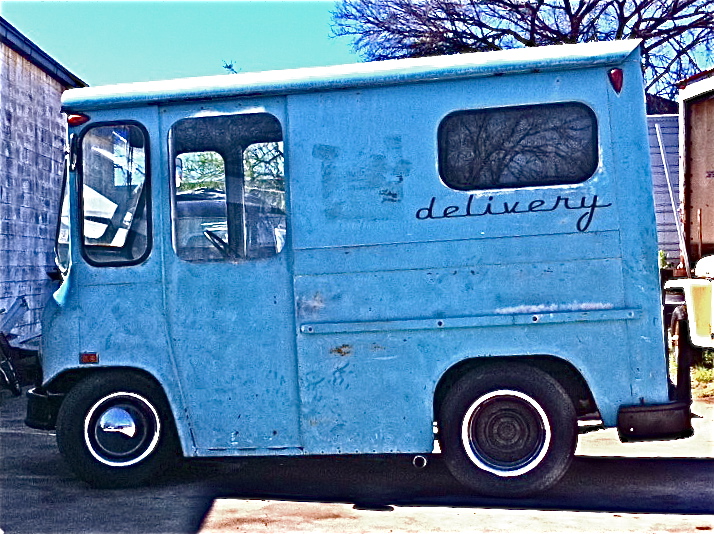Committing to Direct Store Delivery as a primary distribution method requires significant investment. The capital required to acquire a fleet of vehicles and hire a staff to manage all the processes means that small businesses may opt for traditional distribution. But as your product gains traction and you start to win more business, completing for shelf space and market share means inevitably you’ll start thinking about DSD. The timing is different for everyone, but here are five signs that you may need a direct store delivery system.
(Need a better understanding of Direct Store Delivery? Our blog here can help).
1. You are experiencing exponential growth in your business
Let’s say you make something new and amazing – and people love it. But if people love it so much that you’re hearing about stock-outs, then you’ve got a problem on your hands. Creating a local, regional or national brand takes a lot of hard work and some luck too. But ensuring that each customer receives the optimal amount of your product each day or week is vital to building brand loyalty and sustaining growth. If consumers can’t reliably find your product, they’ll latch on to a competitor. DSD automation can be a huge help for this.
2. Reliance on Silos of Data
How many versions of the truth do you have in your business? Do your inside customer service people have visibility to actual inventory availability, or are they making promises based on faulty data? Are you replenishing in the warehouse on a timely and accurate manner? As you rapidly add new customer accounts, how much work is it to keep you routes balanced so as to not overload one route while leaving open capacity in another? DSD systems (especially those tightly integrated with your accounting and ERP systems) can unify people and data all across your organization.
3. Too many business processes with too little automation
How many manual processes can you count? What about daily route accounting – your reconciliations of inventory and payments by warehouse and by driver? Are your put-away of returns and non-delivered items processes effective and efficient? Do you have centralized visibility to merchandising and other non-selling activities that your driver reps are performing in the field? What about control of valuable loaner assets such as equipment or display cases?
4. System limitations result in inefficient business processes
How many customers can each rep service per day? How many routes can your current warehouse personnel support? If your sales continue to grow, how many more reps will you need to hire? How many more trucks will you need to buy or lease? How much more help will you need in the warehouse? We’ve seen companies with good DSD systems add dozens of new routes and reps without having to hire any new warehouse or logistics support people. And the data shows that if you have DSD technology you can visit more customers per day.
5. The potential for technology to serve as a competitive advantage
Before investing in DSD you should truly believe in the technology benefits. Think about it this way: Let’s say you currently have 7 route sale or delivery drivers, but your product demand shows that you could easily expect to grow to 12-15 routes over the next two years. If you are currently using spreadsheets and paper processes for things like routing, signature capture and daily route reconciliations – do you think you could accomplish more profitable growth by automating all of this?
Which tools will help your business reach it’s full potential: spreadsheets, paper, pencil and a lot of human input, or smart phones, tablets and unified systems?

